#staging
Text
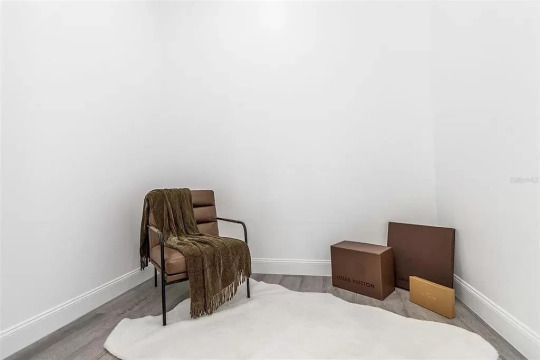
How to cheaply stage a room with ordinary cardboard boxes and a mailer.
42 notes
·
View notes
Text
In 2019, Sandra Hüller, one of Germany’s foremost stage and film actors, starred as Hamlet in a production at the Schauspielhaus Bochum, in the Ruhr Valley. For most performers, the part is challenge enough. But as Hüller prepared for the role with the theatre’s artistic director, Johan Simons, their discussions kept drifting to the character who animates Hamlet’s fantasies of revenge: his father’s ghost. In most stagings, ghastly makeup and lighting convey that the character is spectral. Could this lingering spirit be conjured without melodramatic clichés? Simons and Hüller agreed that it would be potent for the father to rise from within the son—speaking through him. As Simons recently described the conceit, “The father is so deep in your soul that you can’t get away from him—he is always in you.”
In the opening scene of the modern-dress, German-language production, Hüller stood alone onstage, her hands hanging uselessly by her sides, her eyes downcast. In a trembling near-whisper, she spoke lines that Shakespeare originally wrote for Hamlet’s friend Horatio: “If there be any good thing to be done, / That may to thee do ease and grace to me, / Speak to me.” Hüller smiled faintly to hold back tears, and her voice broke as she muttered, “You are here, you are here.”
When it came time for Hamlet’s encounter with the Ghost, an eerie chord resounded, and Hüller’s soft, breathy voice suddenly dropped an octave. She was no longer Hamlet, or not entirely. “Pity me not!” Hüller said, her eyes hardening and her voice quickening as she channelled the Ghost: “I am thy father’s spirit, / Doom’d for a certain term to walk the night, / And for the day confined to fast in fires, / Till the foul crimes done in my days of nature / Are burnt and purged away.” As Hüller played it, Hamlet wasn’t seeing a ghost; he was being possessed by it. Hüller’s previously gentle demeanor was displaced by lurching motion, and when the Ghost furiously commanded his son’s obedience—“List, list, O, list!” in Shakespeare’s original—she practically vomited up the words: “Hör, hör, o, hör! ”
The scene was as scary to watch as any horror movie, but it also felt profound: the sins of the old were literally infecting the bodies of the young, emphasizing the generational rot at the heart of the play. German critics hailed Hüller’s performance as revelatory—not just as an examination of character but as an exploration of the capacities of stage art. Der Spiegel said that witnessing Hüller wrestle with Hamlet and the Ghost simultaneously was like watching “an exorcism.”
Before the show opened, Hüller read an essay that portrayed “Hamlet” as a critique of the conventions of Renaissance revenge tragedy—and of the society from which those conventions emerged. “Shakespeare wrote the play at the edge of these times when blood revenge was still a thing,” she told me recently. “Shakespeare’s showing it one more time, but in the most absurd way—because everybody’s dead at the end. The play is saying, ‘This can’t be the way.’ ” At the Schauspielhaus Bochum, the climactic duel between Hamlet and Laertes swerved away from physical violence: neither combatant would make the first move. Instead, Hüller and Dominik Dos-Reis, the actor playing Laertes, hurled the phrase “fang an”—“start”—back and forth, battling not just each other but the demand for a bloody confrontation. The moment culminated, as it does in Shakespeare’s text, in an unexpected gesture of forgiveness. “They shake hands before they die, and say, ‘We don’t want to be like our fathers,’ ” Hüller said. “And, to me, that is something that applied to the world as it is now. That seemed to be something that I could identify with. Not to redo all the things that our ancestors have done before but to change them—to break the chain.”
Hüller liked that the production showed the effect of violence without actually showing violence. “When you show violence, I believe, it must have a strong form,” she told me. “You can’t treat it like any other sort of narrative in a story. It means something when you show a rape onstage, or when somebody gets slapped in the face onstage. It is crossing a line.” Her voice, usually soft, shifted to a more forceful register. “I have heard a lot of directors point out, ‘Yeah, but that’s what’s in the story,’ ” she continued. “I know what’s in the story. But still, I can decide, because I am the artist, what to show of it, and what not. I can decide how I want to shape the world that we are building onstage.”
50 notes
·
View notes
Text
So I got to see Hadestown yesterday and I wanted to share some highlights.
It's obvious even when listening to the album that Orpheus is extremely innocent, but seeing his face and mannerisms makes it even more obvious and more tragic.
When Hades comes for Persephone he and Eurydice exchange looks and Orpheus jumps in front of her to block Hades view.
The woman who played Persephone faked a lisp to seem drunker for most of the play but whenever she said something serious she dropped the lisp which just added to the effect that her words had.
When Orpheus says "to the world we dream about and the one we live in now" everything goes dead quiet. No music, no movement just those words.
When Eurydice is looking for food the fates rip off her jacket and her coat.
The entrance to the train station is a bay door that opens to reveal a bright panel of lights and smoke.
When Orpheus takes the back entrance to Hadestown the set separates to let him through just like the rocks split in the original myth.
When Hades says "I conduct the electric city" the lights get so bright that it is blinding.
When Orpheus sings for Hades there are three spot lights; one for him, one for Eurydice and one for Persephone.
Hades and Persephone dancing. Also the way Orpheus holds Eurydice.
The works all wear caps that make them look almost identical. When Orpheus makes them remember their lives they take the hats off.
The stage is so dark and smoky when Orpheus is walking that even the audience does not know if Eurydice is there.
They light up a set of stairs and a doorway to represent the end of the journey back to the surface. When Orpheus turns around there are audible gasps from the audience and the bay doors slowly close on Eurydice.
At the very end, they reset the entire stage to make it look exactly like it did when they started emphasizing that they will never stop telling the story.
That got a bit long, but there is so much to say. I honestly barely covered half of it. It's an incredible show and if you ever get the chance to see it you should.
#hadestown#Hadestown live#theater#theater review#bjcc#Hadestown Birmingham#staging#musicals#musical theatre
20 notes
·
View notes
Text
Yeah, so, my brain just thought about The Bear (as she does). My mind went to these guys:

My thought isn’t fully fleshed out so bear with me (no pun intended)…
Garrett is in recovery. Part of the AA/NA program is service work which starts out in the rooms (setting up/stacking chairs, making coffee, helping pass out anniversary chips, passing the donations baskets, etc) and can lead to other instances within their recovery/sober network, the local community and beyond. This is what led Garrett to FOH work.
Garrett pulled Richie up when he took him aside. He isn’t judging or critiquing but guiding Richie to open his perspective in the hopes of understanding how important every part played in the restaurant. BOH and FOH have the same goals in mind: to provide a fantastic experience to the customer.
I’m realizing how important Garrett is to Richie’s evolution. One: Garrett is in recovery and Two: He helps Richie in acknowledging his place in the restaurant- that he wants to and makes people happy. Richie problem solves and provides customers with a sense of care - no matter how loud, expletive-ridden, or joke-filled, when he talks he’s showing his love.
I wonder if he would have arrived to this conclusion is Mikey was able to get clean and sober…
#just a random bear thought#richie jerimovich#ebon moss bachrach#the bear#the bear fx#Garrett the bear#staging#Forks#carmen berzatto
31 notes
·
View notes
Text
LUCA COMES CLOSER
Marcus and Luca had developed such a good friendship that when Marcus had to take time off after friends and family night, Luca offered his services to the Bear for the grand opening.
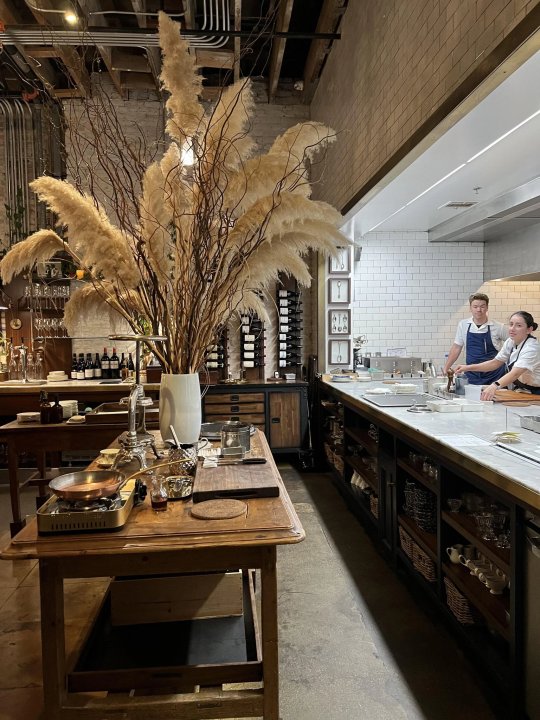
He staged for a little while at Pasjoli (in California) before coming to the Bear where he met and developed a friendship with Sydney.
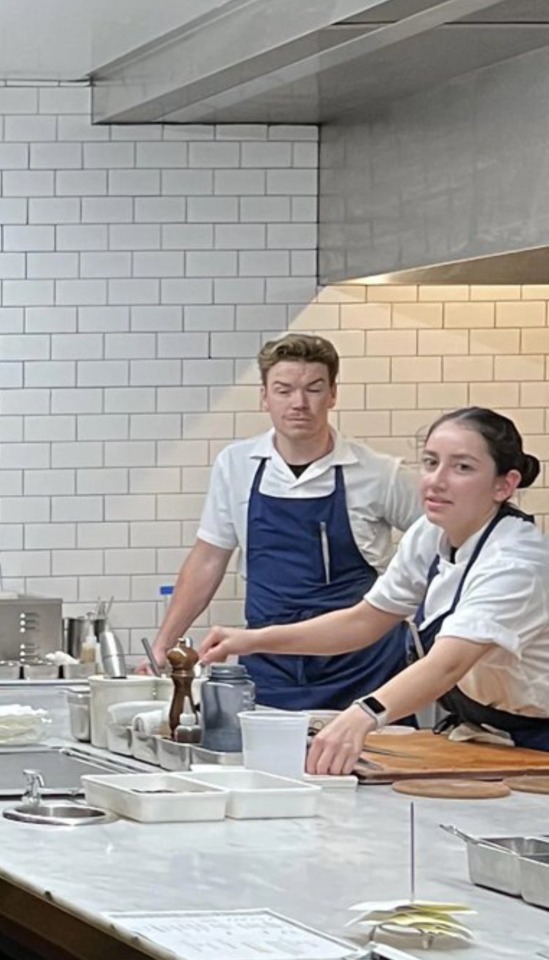
#luca#the bear#carmy berzatto#sydney adamu#ayo edebiri#jayo#jeremy allen white#carmy x syd#sydcarmy#emmy awards#staging#food#luca x Sydney#love#slow burn#carmy x claire#relationship#romance#richie jerimovich#jerimovich#time out of joint#baftas#critics choice awards#golden globes#ebon moss bachrach#marcus syd
26 notes
·
View notes
Note
Hi I just found your blog and aaaa yes. I love you already. I’ve had an idea of staging for this show that no one’s said and I figured you would be a good way to get the word out because I CANT SIT ON THIS ONE ALONE. I actually professionally work in theater in NYC as a stage manager (not broadway yet lol. Not quite there) and I also see a lot of broadway shows. So just hear me out here…. Turntable. I can go on about this idea for ages but I’ll leave it at that.
Absolutely a million times over!!! I’m envisioning like Hadestown’s turntable? One that allows multiple directions of movement, but also that can raise and lower?
I love this idea, cause imagining a turntable in My Goodbye? That would be amazing.
In short? I love this idea!!
#Epic the musical#Turntable#musical#staging#I love this idea so much!!!#it makes me want to actually put on this show#Alas it is not mine to do#:)
22 notes
·
View notes
Text
Black and white staircase done right…. go up each step to reach the Top 😍 …Happy New Year 🥳
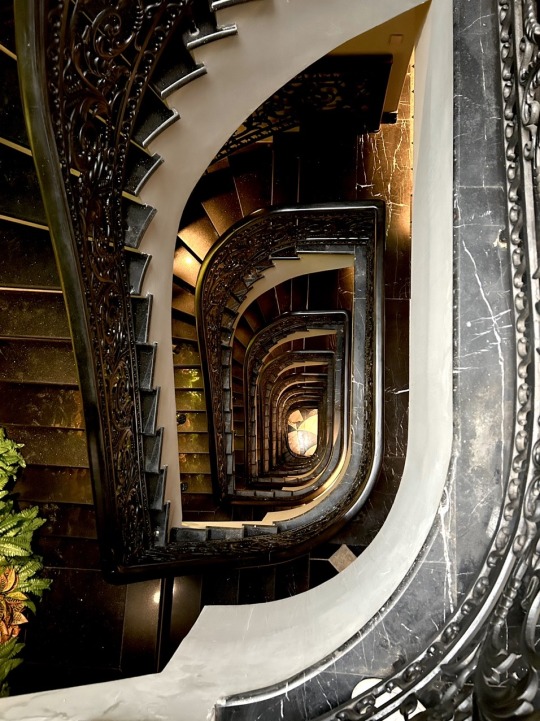


#modernfurniture#moderndesign#miami#designers#contemporarydesign#modernhomes#sofas#furniturestores#interiordecoration#interior design miami#staging#staircase#black and white decor#architecture blog#interiordesign#black and white#art deco furniture#real estate ny#real estate miami#real estate#realtor#miami architecture
20 notes
·
View notes
Text
Productions and adaptations of The Magic Flute can vary wildly in what happens to the Queen of the Night in the end.
Whether she lives or dies, whether or not it's implied that she might come back someday, and various other details are left to the director's (or adaptation writer's) imagination.
So I thought I'd have my fellow opera fans vote for which of the many variations is best.
The last option, by the way, isn't one I've ever seen applied to the Queen, but is the fate of her male counterpart King Vorteyo in my gender-bent novel retelling An Eternal Crown.
Because I wanted to include Vorteyo's fate, I didn't include an "Other" option, but if anyone has seen a good variation not mentioned here, then please reblog and describe it!
18 notes
·
View notes
Text
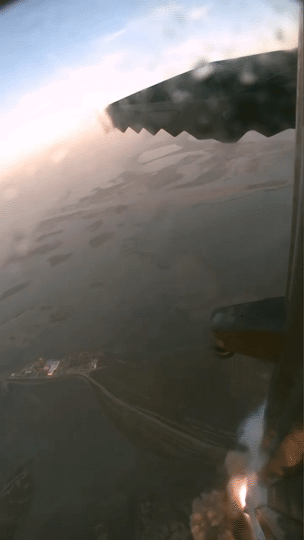

Onboard shots from Starship Super Heavy Booster 9
#spacex#starship#booster 9#b9#ship 25#s25#onboard cameras#starbase#space#staging#hot staging#aerospace#engineering#rocket#launch#super heavy booster#grid fins#perspective#ift-2#flight test
15 notes
·
View notes
Text
i am currently comparing a lot of recent theatre staging with it's predecessors and i have thoughts
like if you do sunset boulevard for example, stage that shit to the high heavens. use the old hollywood inspo that you have. i am actually begging theatre ppl to build beautiful sets again. (don't misunderstand me, sometimes minimal staging is great and works incredibly well) but oh my god.
IT IS NOT A BAD THING TO ACTUALLY SPEND MONEY ON STAGING, COSTUMING AND MAKE UP. IF DONE CORRECTLY IT WILL HIGHLIGHT YOUR CASTS PERFORMANCE.
especially if you have great source material to work with. just know that weird little gremlins in the audience delight in period accurate costumes (you can tell so many stories through outfits etc.) pls pls pls it's so much fun to see lavish sets/costumes/makeup paired with good theatre/ music.
15 notes
·
View notes
Text
As I've been watching video clips from older Les Mis productions (i.e. from the '80s and early to mid '90s), I have one thing to say:
I miss the dignity of the barricade scenes in the show's earlier years.
Yes, we've always had Courfeyrac, Feuilly, and a few other boys wanting to shoot Javert right away rather than tie him up in the tavern to decide what to do later. Combeferre (before the cuts) and Enjolras have always had to talk them down. But in the original staging, they didn't blatantly try to defy Enjolras's orders. They didn't drag Javert to the opposite side of the stage from the "tavern" exit and prepare to shoot him, as in the 1997 re-staging. It wasn't portrayed as an eruption into chaos.
When Valjean arrived, they interrogated him in a wary yet respectful way, and quickly lowered their guns once he explained his army disguise, at least in all the early performances I've found. They didn't yell at him or seem ready to shoot him on sight.
The tradition of loud objections when Enjolras places Javert in Valjean's hands, and Enjolras delivering his "The enemy may be regrouping!" speech as an attempt to restore order, also seems to be a post-1997 revision.
The more modern, chaotic takes on those scenes are more energetic, and I understand why they're done that way. Maybe they do add some powerful dramatic tension: teasing the possibility that as defeat looms near, the barricade could dissolve into total chaos, in-fighting and bloodlust, only for the boys to ultimately reject that path and face death with dignity.
But don't we admire them just a little more if they avoid that ugly path from the start?
Maybe it's just my autism, which makes me uncomfortable with too much chaos, but I prefer the older productions' way.
28 notes
·
View notes
Text
Right. Completely random interlude. My sister was trying to match a piece of music that got stuck in her head (Dance of the Nutcracker) and we went on youtube to find it, and from there we wound up watching various versions of Der Hölle Rache from The Magic Flute. As one does. And I’m just …
Okay, so we watched the famous version with Diana Damrau:
youtube
Which is incredible. And terrifying.
And then we watched this completely new-to-me Danish version with Susanne Elmark:
youtube
And the thing is, I always find different versions and performances of the same piece to be fascinating. The difference choices, the different tones different performers give it.
With these two, particularly, it’s so cool how Diana’s Queen of the Night makes those wordless sections sound like … I’m not sure there’s a non-operatic equivalent, but it’s threatening. She’s just wordlessly hammering at her daughter in this scene, using those notes to just club her daughter repeatedly around the head until she does what she wants.
Whereas Susanne’s Queen acts and makes it sound like cackling. It feels less pointed directly at her daughter and more just giddy at the thought of Sarastro’s death. Maniacal laughter.
IDK, I’m just tickled by the different interpretations of what those notes are. What the Queen is actually doing as she sings them.
Also I completely love that little staging flourish at the end of the Danish version. I mean, don’t get me wrong, Diana’s Queen storming out of the room is dramatic as all hell, but Susanne’s crossing her arms and vanishing into the floor is just perfection. ‘You’ve got your job, girl. Mother out!’
It kind of helps that, costuming-wise, she really looks like she should be a villain on Power Rangers.
Anyway. Random interlude. I’m just tickled by the acting and staging choices between versions.
#opera#stage#acting#random interlude#the magic flute#der holle rache#staging#this song is also just cool#psychotic obviously#but cool#also#power rangers was apparently quite formative for me
94 notes
·
View notes
Text

Louis Tomlinson, AFHF 2023 [19.8.2023] 📸 B4TSONS
19 notes
·
View notes
Photo


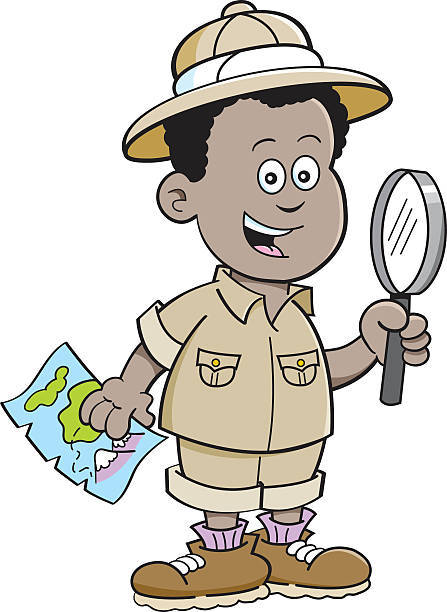
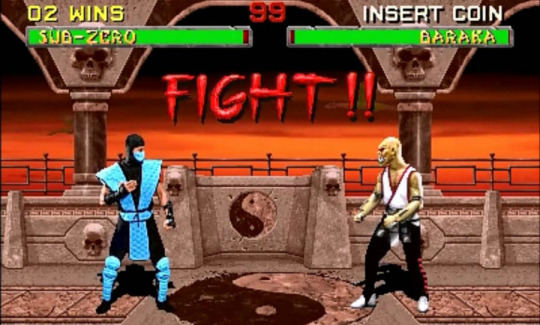


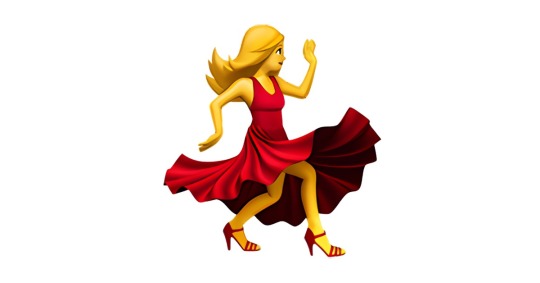

Eurovision 2023 spoilers withouth context
Staging edition part1
#eurovision#esc#esc23#esc2023#eurovison song contest#eurovision 2023#spoilers without context#staging
48 notes
·
View notes
Text
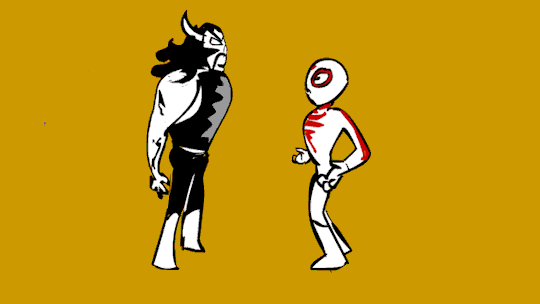
Rough animatic fight choreography
18 notes
·
View notes
Text
My thoughts on the season 2 Young Royals Poster
Okay, I’ve been staring at this poster for quite a while now and here are my thoughts from a photographers perspective about the staging:

First of all: It could very well be a mod, but if it was at least Sara and Felice and Wille and Simon seem to have been shooted in pairs.
Let’s start with Felice: Felice is the one breaking the frame here. She’s intentionally places so she draws focus. Also her shoes are white while everyone else’s are black. Note her hair too, she’s not straigthening any more. She’s definitely done conforming and doing what her mother wants.
The other person breaking the frame is Wille, who is looking straigh at Simon. On the other hand he looks like the picture perfect crown prince. Outwardly conforming, inwardly not.
Simon on the other hand is trying to give Wille the cold shoulder while keepin g atight grip on his own hands. They are not quite balled into fists, but it’s certainly a tense pose. He’s also directly positioned behind Sara, still the protector. For me that could be interpreted that he doesn’t know of Sara’s betrayal (yet).
Note how Sara’s books and Felice’s laptop bag do compliment each other nicely in colour. These two are a team and Sara is growing into her place at Hillerska. The picture of a Hillerska student with polished shoes and straight posture.
Which leaves August, who looks the most photoshopped into the picture of all of them. First thing I noticed is how far apart from Sara he is. Not any item those too? He also gives us the sad, sad puppy eyes. We already saw in the first four minutes that he is very sorry, and he looks very sorry.
Thanks for bearing with me. What are your thoughts on this?
(thanks to @girls-are-weird for listening to me ramble about this)
#young royals#yr s2 spoilers#yr season 2#is this a spoiler? I don't know.#wilmon#wille x simon#simon x wille#simon x wilhelm#i've been thinking thoughts#photography#staging#interpretation#young royals s2#young royals season 2
66 notes
·
View notes